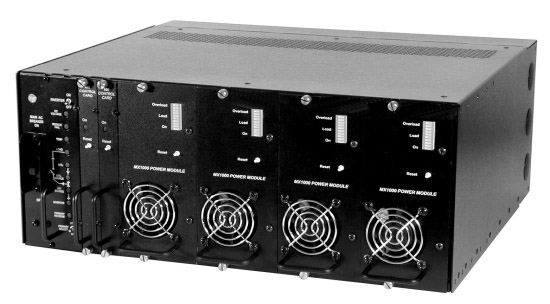
To comprehend the feasibility of connecting grid-tied inverters and energy storage inverters in parallel, it's crucial to understand their distinct roles in energy management systems. Grid-tied inverters take the direct current (DC) generated by solar panels and convert it to alternating current (AC) suitable for introduction into the electrical grid. On the other hand, energy storage inverters are responsible for managing energy stored in batteries, allowing that energy to be converted for use when needed, especially during power outages or at night. Both systems serve essential functions within solar energy setups but operate under different principles.
Connecting grid-tied inverters and energy storage inverters in parallel can offer several advantages for residential and commercial energy systems. One notable benefit is increased energy reliability. By allowing energy storage inverters to function alongside grid-tied inverters, users can harness both immediate solar energy and stored energy during periods of high demand or grid instability. This dual approach ensures a continual supply of electrical power, enhancing the resilience of the energy system.
While the benefits of connecting these inverters are appealing, several technical considerations must be addressed. One primary concern is the synchronization of the two inverter systems. Since grid-tied inverters are designed to match the grid's voltage and phase, any deviation from these parameters can lead to inefficiencies or system failures. To successfully integrate the two types of inverters, reliable communication protocols and control systems must be established to ensure they operate harmoniously and efficiently.
Before undertaking a parallel connection, it is essential to assess the compatibility of the specific inverter models involved. Not all grid-tied inverters are designed to work seamlessly with energy storage inverters. Manufacturers often provide guidelines regarding such integrations, and it is advisable to consult with them. Additionally, staying compliant with local regulations and standards is vital, as these can vary widely and may dictate permissible configurations within electrical installations.
In an era where energy management is increasingly significant, the potential for connecting grid-tied inverters and energy storage inverters in parallel represents a forward-thinking approach to harnessing renewable energy most effectively. With proper planning, technical knowledge, and adherence to regulations, such connections can contribute to greater energy independence and sustainability. As technology advances and the demand for reliable energy increases, the integration of these two inverter types could well define the future of residential and commercial energy solutions.
Next:The Function of Frequency Mixing in Inverters An Insightful Overview
Previous:The Impact of Frequency Mixing Adjustments in Inverters